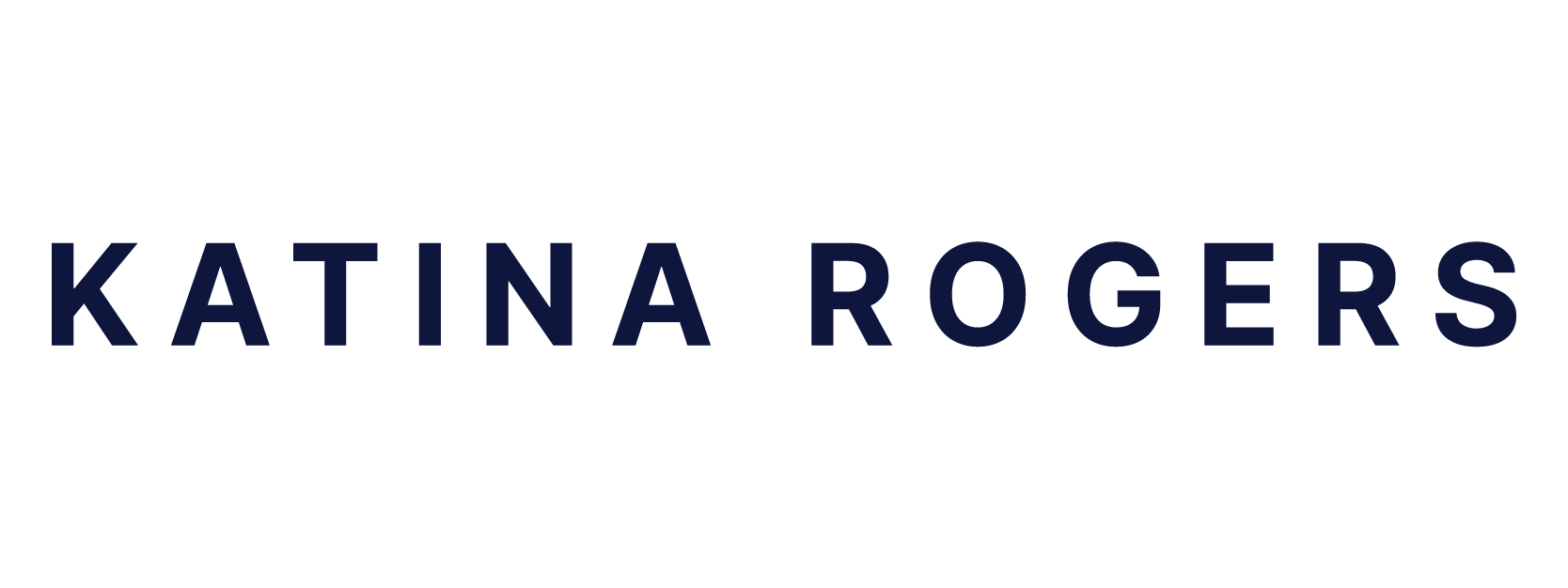As I described in an earlier post, following extensive discussions with my colleagues and our program’s graduate fellows on the goals and mission of the Futures Initiative, we came to adopt “Equity and Innovation” as our program’s tagline. These are our top priorities—the guiding principles we return to for each project we undertake. They are the elements we consider to be most important in thinking about the future of higher education.
Why this particular focus? Keeping both equity and innovation in sight at all times will prevent us from falling into the trap of thinking that one comes at the expense of the other. I’m still very new to the CUNY system, and I am astounded by its complexity. It is huge (274,000 students working toward degrees), diverse (nearly 200 languages are represented among the student body), and relative to other colleges and universities, very affordable (80% of students graduate with no tuition debt). But as LynNell Hancock and Meredith Kolodner’s recent piece in the Atlantic notes, the demographics at the top-tier senior colleges are very different than at the community colleges, and they’re less representative of NYC as a whole. (Don’t miss other great reflections on the piece by my CUNY colleagues, including one by Futures Initiative Fellow Danica Savonick and another by Anthony Picciano, Professor and executive officer of the Urban Education program at CUNY GC.) Further, while the affordable tuition is incredible, the starting per-course rate for adjuncts is less than $3,000—woefully below the MLA’s recommended per-course minimum of $7,320. Higher education is a public good, which means that access and equity are fundamental. If we focus on innovation and prestige and lose sight of the public university’s mission, we fail to serve our own communities.
Equity and innovation are already at the heart of some of the most exciting work at CUNY (and across the higher education system). The combination is key to the new hybrid approach to General Chemistry that, in its initial pilot at Hunter College, has increased pass rates from 60-70% to 85%. It’s fundamental to Eduardo Vianna’s Peer Activist Learning Community at LaGuardia Community College (described in Ginia Bellafante’s recent NYTimes article) that helps students stay engaged and focused. It’s what we hope to do through Mapping the Futures of Higher Education this spring. In all of these instances, smart use of technology is part of the approach, but good pedagogical practice is the driver.
One of the most thought-provoking sessions I attended at the recent MLA convention in Vancouver was a panel on the paradox of non-tenure track faculty and the first-year student experience. As panelists noted, first-year students are a particularly vulnerable part of the student body, and yet the NTT faculty members who often teach their courses lack the resources to provide the degree of mentorship and engagement that directly affects student retention. In this and in too many similar examples, the students in the most delicate positions are the ones that lose out. If the core values and aims of higher education are sacrificed in the drive toward greater prestige and increasing tuition dollars, we will all lose. The essential challenge is to maintain a focus on the mission of public higher education, with equity and innovation as the twin guiding principles.

2 replies on “Equity, Innovation, and Higher Ed as a Public Good”
[…] [Cross-posted at katinarogers.com] […]
[…] latest post addresses issues raised in an Atlantic article by LynNell Hancock and Meredith Kolodner that […]